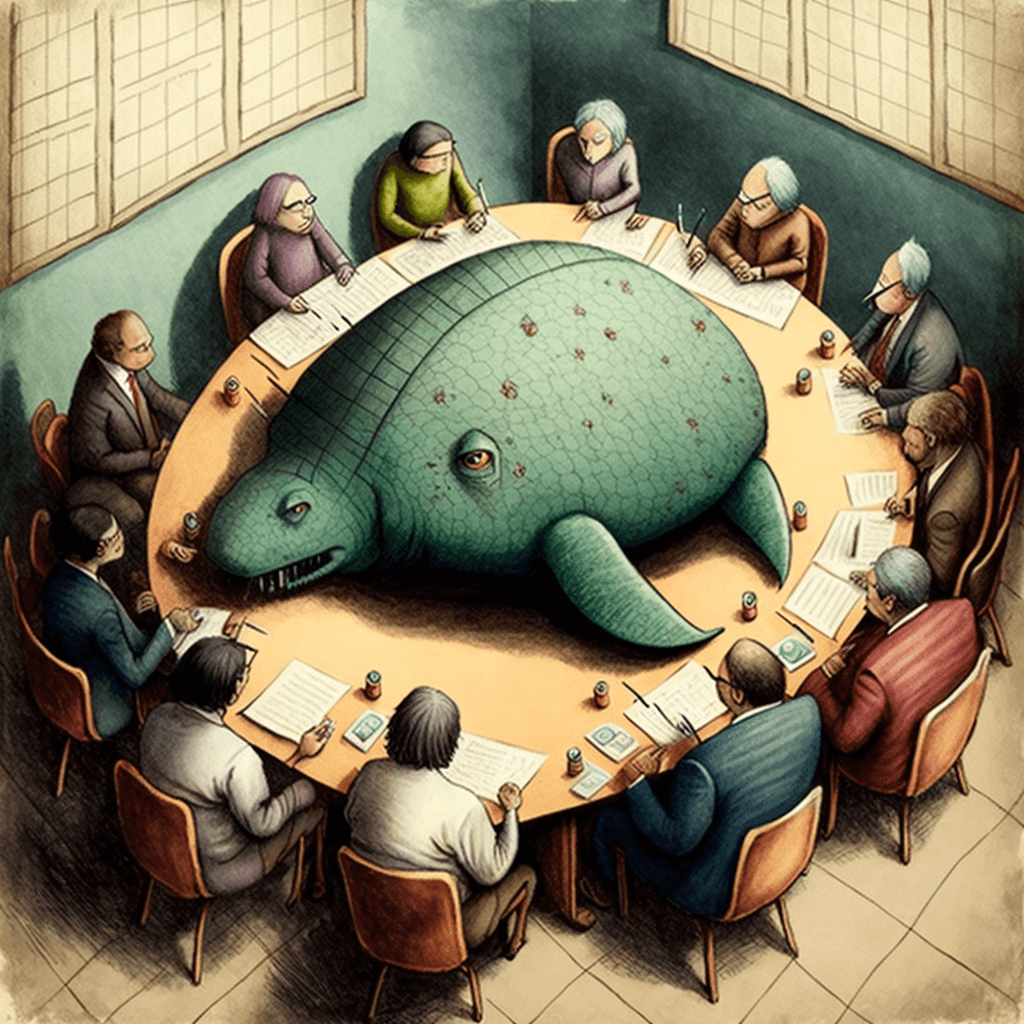What Went Well What Could Be Improved Exercise Helps You To Do It Better Next Time
The What went well template is convenient for creating a sprint retrospective template. The templates provided are beneficial for arranging a retrospective or helping the group to open. Firstly you must learn how to use it, and I'll give some background on this and what I should know before we start our template. What goes well is a reflective practice that analyses the work it has done in its iterations or phases. During your music career, this information can help you analyze the things which are going well when completing a song.

Try new retrospective formats first
Agile retrospective exercises are usually more free-form, team-driven exercises. However, setting a meeting format does not discourage using less traveled routes, nor do you lose the ability to discuss freely if necessary. New structures will make it easy to update retrospective data. Consider this idea before considering other options. Here are some suggestions for reducing your default “What went smoothly, “What wasn’t working properly and what is still better.” - - This widely accepted Sprint Retroactive Form will match your desired meeting results. Reflective ideas that you can try with your team.
Retro “Energy Levels” reveal what's energizing the team
The energy level retrospective asked team members to consider how they were doing their work. Using agile retrospectives helps identify how to improve the productivity of staff and the way teamwork is done. For instance, perhaps a teammate can find a task they think is tedious, and they'll be excited when they finish the job. If your employees feel uninspired while you have a retrospective session, you can use the data to identify what's the problem. Is the idea behind this being energized? Tell me the reason behind their unenergizing behavior. Energy Levels is one retro style that emphasizes feelings.
Mountain Climber retrospectives give the team a metaphor to work with
Mountain Climber retrospective depicts sprints as mountain hikes. List some of my obstacles to gaining sanity on a mountain. Tell me the easiest method for overcommitment. Ask the teams to work on four types of blocks: risk, enablers, or help, integrating their ideas with data from the Sprint. Create the actions and objectives needed for the upcoming climb and improve them. Metaphors such as climbing mountains give a creative approach to teamwork and visualization. Do you not love climbing? You may try many metaphors retrospectively.
“Three Little Pigs” retrospectives identify weaknesses and strengths
a first pig... built a house from straw. Two little pigs... from the stick. Three miniature pigs worked hard all day to create his home using bricks”. The story of the three little pigs offers a fun way to analyze your product development status or the progress of your job. Ask team members for their thoughts on a topic they could explore further. Use this prompt to describe the product or, more specifically, team relations. It might be a good idea to develop more internal communication. It will be possible to control the retrospective, however.
Basketball retrospectives help identify roles on the team
As agile team members are self-sufficient, they should have different roles like development, designers, or testers. Those who play basketball have to know what they should expect to succeed. Encourage players to use titles that include “developer” to “designer” and “new technology evaluation” or “repair prototype.” It's also okay to discover team members are in different positions. During these brainstorming sessions, the brainstorming can help define teams' roles to develop better relationships.
Each one meets all” retrospectives help teammates build relationships
This structure can accommodate long projects with substantial turnover and large groups without familiarity with other groups. The Each One Meets All format creates a fun retro to learn more about each teammate and each other. You provide individualized feedback on the latest sprints or projects using quick sessions similar to speed dating. Zoom's conference rooms offer the best option for remotely making the retrospective. Alternately make 1:1 calls in Slack or Microsoft Teams.
Strengths-based retros build on the success
Strength-based strategies identify team strengths. The strength of this will then be leveraged for the next Sprint. Combine the issues from the previous Sprint with your teammate's strengths. These things can be resolved by analyzing your current situation.

Start with an icebreaker question or game
Team retrospectives will not work if psychological health is impacted. Team members should be comfortable expressing what has been successful or what has been possible. A short icebreaker question or a game during your retrospective helps people get on board and create a comfortable environment for everyone. Aside from this, icebreakers make the audience talk, giving everyone a chance to speak during your meetings and helps everyone feel welcome. Retrospectives in Parabol include icebreaker devices that ensure your team checks in from the start and improve mental and physical security immediately.

Use an online retrospective board
Online retro boards are designed for groups to focus more on the retro rather than distractions like Slack and emails. It allows all participants to interact via sticky notes. It is possible to hire another moderator for the retros so that your teammates are more engaged. Remote teams can find Parabol’s Online retro software a great solution. You may also add several of retro format options or icebreakers. We include a feature that allows organizing and voting about a subject to attract people while structuring the flow of the meeting.

Keep managers out of retrospect
The audience is encouraged to talk to the people who have issues and barriers that block a Scrum development process. The need to speak with executives, managers, and others. In retrospective meetings, managers may have difficulty forming an open conversation with colleagues. These recommendations don't imply that you should ignore ideas and opinions from people other than the developers' teams. Instead of inviting external visitors to your weekly retro meetings, you can arrange Meta-Retrospective sessions for everyone after the completion of the quarter.

Turn complaints into accountability
Please keep it in check for retrospectives and avoid the occurrences of complaint fests. You also have not to be overly optimistic when you're assessing. Make sure that positive and negative emotions are balanced. Pay attention when people blame one another or complain about something wrong. Make it a priority here—makeup all the faults that have happened to you during this race. When someone has a complaint but can't resolve it, they should be encouraged by their peers. How would one do things differently if it was possible?

Change your retrospective's location
Go to another place. Keep retro inside or in bars. Even when everyone's remote, you can encourage everyone to call back to the cafe, park, or friend's house whenever you want. Getting up every morning to work at your desk is not going to spark creative thought—no non-descript meeting space. Use retrospectives in your workplace as a chance for you to leave your desk chair. A retro tool such as Parabol can be accessed through mobiles, enabling your team to experiment and inspire each other remotely.

Follow up and follow through
Please finish each meeting by making a well-crafted to-do list. Documentation keeps it going. No retrospective may be left unaffected by any action or objective. Individual teams can end their discussions with actions. Wrapping the retro with no tangible steps or individualized accountability of actions can lead to critical tasks falling into the cracks, reducing effectiveness. Here are some tips to improve your follow-up of what you discover in your retrospective.

Run an asynchronous retrospective
You are no longer required to live at home in real time during any retro event. Remote meeting software is available, like Parabol, for asynchronous retrospectives. Async retrospective planning becomes more accessible when a team is scattered throughout the time zones. We want Parabol to have the ability to submit ideas for a retrospective session. The group then meets in real-time to organize, evaluate and resolveHold retrospectives regularly (and don't skip them!)
It has the aim that a retrospective can continue to improve itself. If you haven't regularly completed retrospective assessments, then learning will stop. Agile coach Stefan Wolpers wrote that retrospectives are often better than fancy retrospectives. It can be pretty easy to destroy a retro if you don't even need it or keep them. I think the retro habit will work well for the Sprints. More experience helps in knowing what fits your team's personality best.

The impact of new retrospective techniques
Scrum is an essential tool that many agile projects or teams use in their practice. A retrospective is straightforward and makes time for a regular reflection as a team. Too often retrospective meetings are loosely organized and turn into argument forums or complaints forums within the group. Sometimes culture is cultivated by skipping retro, and adding new retro tools can allow you to:

Read the retrospective prime directive aloud
Try reading retrospective directives aloud during your retrospectives. It sets the tone for retrospectives and will prevent misunderstandings, judgments, and games which damage the emotional stability of individuals. This directive urges the teams to jointly identify and implement improvements to processes. Reading this quick text during a Retro can help with your Retro workflow.

Match your retrospective meeting agenda with your goals
Avoid selecting random meetings or retrospective meetings. Getting the correct prompt for your next Retro keeps track of how you plan your project and provides a clear overview of your issues. Various questions or templates to support a group on a specific topic. Consider the differences between the retro formats for the best results.
Take a retrospective tool for a spin
You might consider changing how your retros look by using online retrospection tools. Maybe another kind of memory will help restore the energy of your retrospective.
